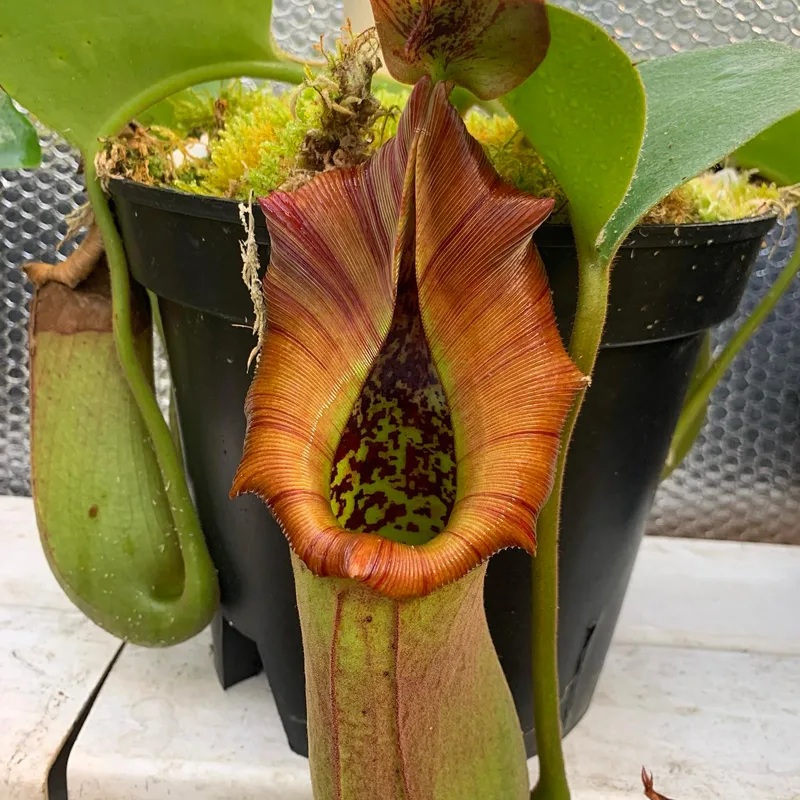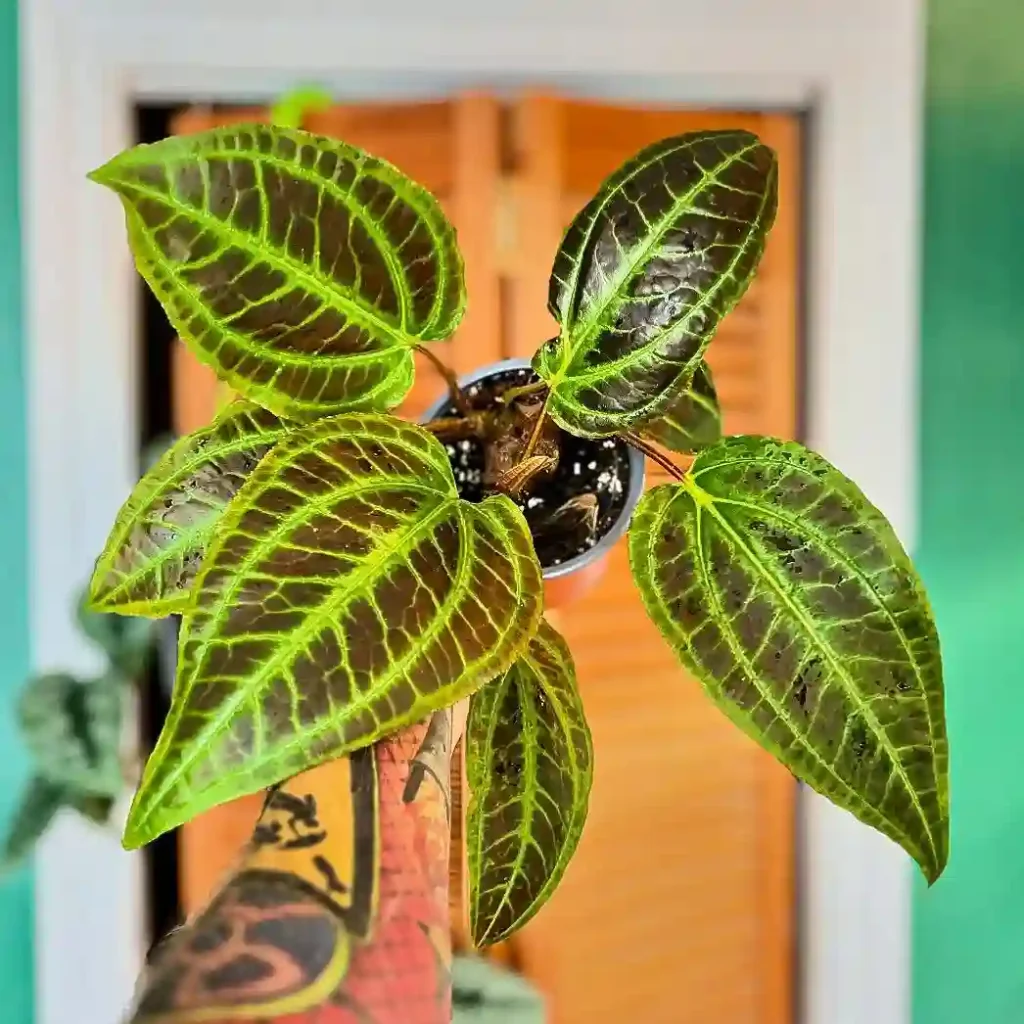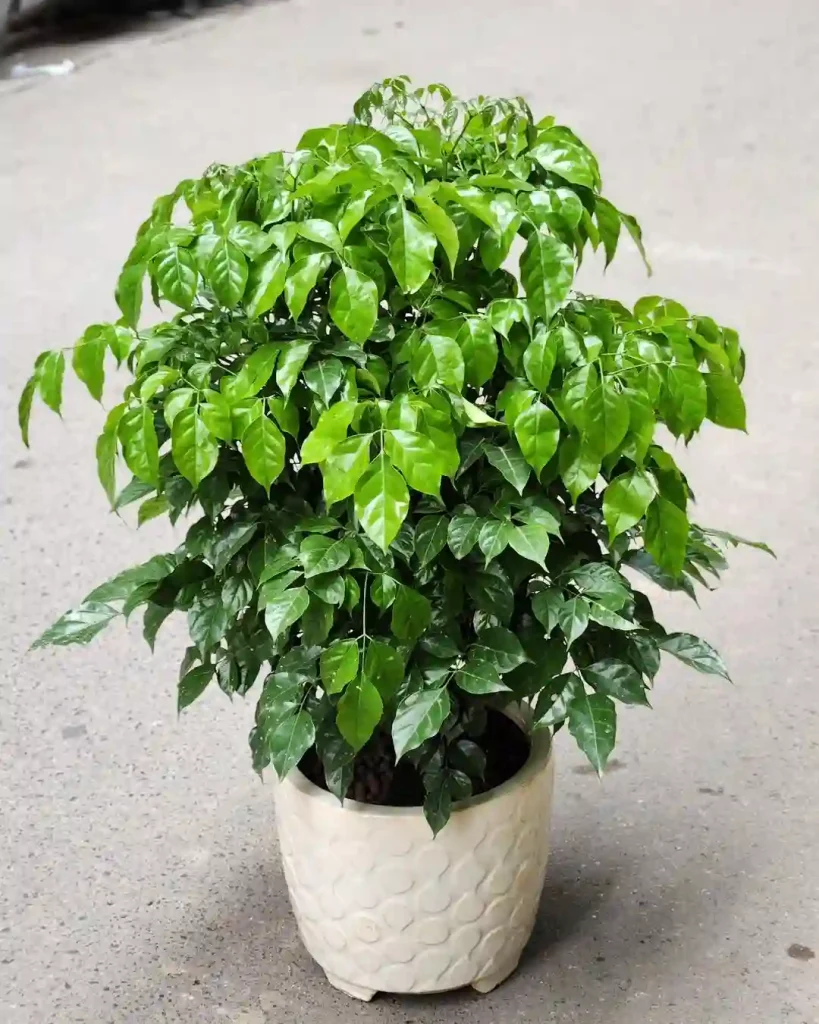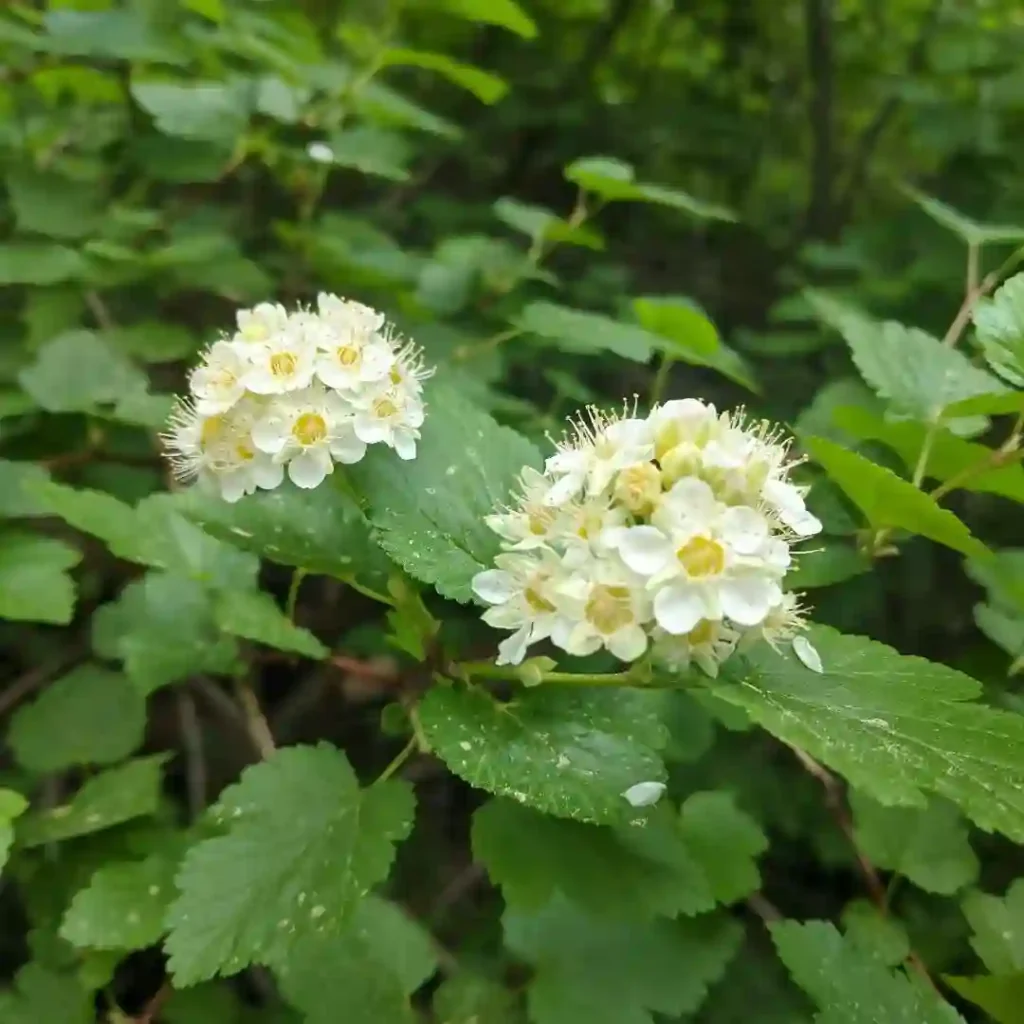FAQs About Oeceoclades Spathulifera: Everything You Need to Know
As an avid plant enthusiast, I’ve come across many fascinating species, but Oeceoclades Spathulifera stands out for its unique characteristics and care needs. This orchid, native to Madagascar, offers a lot of intrigue for both seasoned collectors and new gardeners alike. Here’s a comprehensive FAQ guide that covers everything you need to know about this plant.
What is Oeceoclades Spathulifera?
Oeceoclades Spathulifera, a synonym of Eulophia Spathulifera, is a terrestrial orchid known for its distinctive, spoon-shaped leaves and delicate flowers. Unlike many orchids, this species doesn’t cling to trees but rather grows in the ground, making it a bit easier to care for in a garden setting. Its flowers are typically small, white, and fragrant, adding a subtle charm to any plant collection.
Plant Family: 740 Gnera in Orchidaceae
How to Care for Oeceoclades Spathulifera?
Caring for Oeceoclades Spathulifera involves a few key considerations:
- Light: This orchid prefers bright, indirect light. Direct sunlight can scorch its leaves, so it’s best to place it in a spot where it receives filtered light.
- Water: Keep the soil consistently moist but not waterlogged. I find that watering once a week is sufficient, allowing the top inch of soil to dry out between waterings.
- Temperature: Oeceoclades Spathulifera thrives in temperatures ranging from 60-80°F (15-27°C). It’s not frost-tolerant, so if you’re growing it outdoors, make sure to protect it from cold temperatures.
- Humidity: This orchid enjoys higher humidity levels. If you’re growing it indoors, consider using a humidity tray or a room humidifier to maintain adequate moisture.
- Soil: A well-draining potting mix is crucial. I use a mix of orchid bark, perlite, and peat moss to ensure good aeration and drainage.
How to Propagate Oeceoclades Spathulifera?
Propagating Oeceoclades Spathulifera can be done through division. Here’s how I usually approach it:
- Timing: The best time to divide the plant is during its active growth period, typically in spring.
- Method: Gently remove the plant from its pot and separate the bulbs or clumps, ensuring each division has roots and healthy growth points.
- Re-potting: Re-pot the divisions into fresh potting mix. Make sure not to bury the bulbs too deep; they should be level with the soil surface.
- Care Post-Division: Water the newly potted divisions thoroughly and keep them in a warm, shaded spot until they establish.
What to Plant with Oeceoclades Spathulifera?
When planting Oeceoclades Spathulifera, consider companion plants that share similar care requirements:
- Ferns: They provide a lush, green backdrop and thrive in similar conditions of humidity and moisture.
- Bromeliads: These can add a splash of color and also enjoy the filtered light that Oeceoclades Spathulifera prefers.
- Hostas: They’re great for ground cover and can complement the orchid’s foliage with their own distinct leaf shapes and textures.
Benefits of Growing Oeceoclades Spathulifera
- Unique Aesthetic: Its spoon-shaped leaves and delicate flowers make it a visually striking addition to any garden or indoor plant collection.
- Low Maintenance: Compared to many orchids, Oeceoclades Spathulifera is relatively easy to care for, making it suitable for beginners.
- Air Purification: Like many plants, it helps improve indoor air quality by filtering out toxins.
Is Oeceoclades Spathulifera Toxic?
No, Oeceoclades Spathulifera is not toxic to pets or humans. It’s safe to have around children and animals, which is one of the reasons I enjoy keeping it in my home and garden.
Common Problems with Oeceoclades Spathulifera
- Root Rot: This is a common issue due to overwatering or poor drainage. Make sure the soil is well-draining and avoid letting the plant sit in excess water.
- Pest Infestations: Watch out for pests like aphids or mealybugs, which can affect the plant’s health. Regularly inspect the plant and use insecticidal soap if needed.
- Leaf Spotting: This can be caused by inadequate air circulation or high humidity. Ensure the plant has enough airflow around it and adjust the humidity levels if necessary.
Comparison with Similar Orchids
When comparing Oeceoclades Spathulifera to similar orchids like Oeceoclades Maculata or other terrestrial orchids, it stands out due to its distinctive leaf shape and slightly different care requirements. For instance, while Oeceoclades Maculata also prefers bright, indirect light, it has a more spotted leaf pattern and may require slightly different humidity levels.
In conclusion, Oeceoclades Spathulifera is a fascinating and relatively easy-to-care-for orchid that can bring a touch of exotic beauty to your plant collection. With the right care, it can thrive and add a unique element to your garden or home. Whether you’re a seasoned orchid enthusiast or just starting, this plant is definitely worth considering.
If i die, water my plants!



